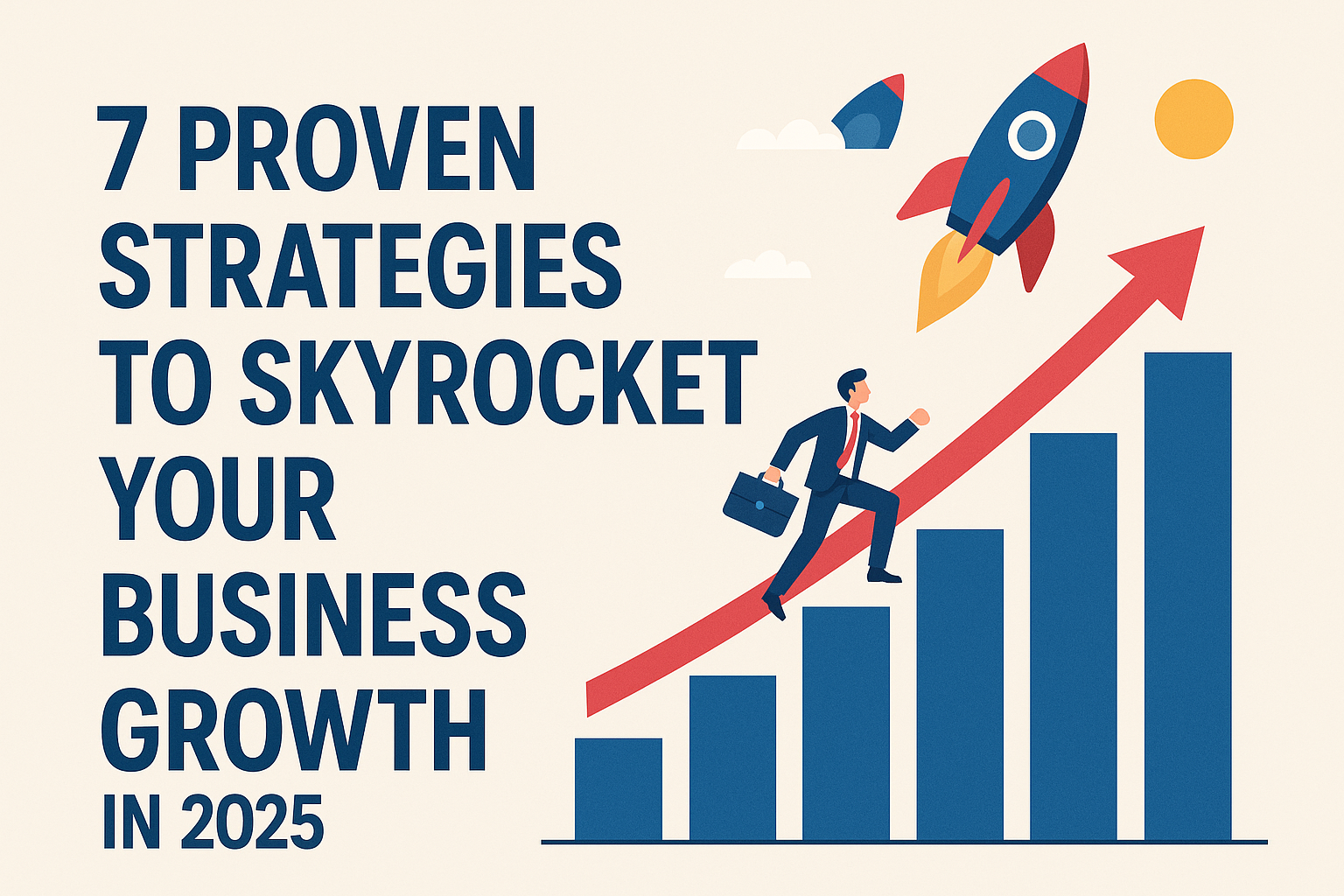“The Best 9 Essential Strategies to Boost Your Cash Flow”
Best 9 Essential Strategies to Boost Your Cash Flow: In business, cash flow isn’t just important—it’s everything. While large profits may be projected, a business may still struggle if cash flow is insufficient to meet immediate expenses. That’s why it’s critical to develop effective strategies to manage cash flow actively. Here, we outline nine actionable ways to ensure your business has enough cash on hand.
9 Essential Strategies to Boost Your Cash Flow
1. Accelerate Receipt of Cash
One of the simplest ways to improve cash flow is to speed up payments. Invoice clients as soon as services are provided or goods are delivered to avoid unnecessary delays. Consider adjusting payment terms to shorten the time customers have to settle their bills. For example, change terms from 60 days to 30 days to reduce the waiting period.
Offering incentives can also make a big difference. Providing a small discount for early payments can encourage faster transactions, while penalties for late payments may discourage delays. Regularly monitor receivables and follow up on overdue accounts to stay proactive.
Financial Tip: Exercise caution with extending credit. Before allowing credit to new customers, conduct a financial background check and verify business references to minimize risk.
2. Use a Business Credit Card: Boost Your Cash Flow
A business credit card offers flexible, short-term funding. By using a credit card for supplier payments and essential purchases, you can take advantage of the card’s grace period—often up to 21 days after receiving the statement. This effectively delays your cash outflow, which can be beneficial for managing expenses.
Some business credit cards also offer cash-back rewards, further enhancing cash flow. Discuss with your banker the options that best match your business needs, as some cards may have special benefits designed to support small businesses.
3. Conduct Cash Flow Analysis
Many businesses experience cycles of high and low cash flow. For example, clothing retailers typically peak in December, while school supply stores see a surge before the academic year. Performing a cash flow analysis can reveal these cycles, providing valuable insights to help manage cash effectively.
Use this information to schedule borrowing and staffing, as well as to determine optimal times for marketing campaigns. This strategic timing can prevent cash flow bottlenecks and support sustained growth.
4. Collaborate with an Accountant
Investing in an accountant can provide both immediate and long-term benefits. An experienced accountant can evaluate cash flow projections, identify overlooked areas, and help plan for future cash flow issues. By having professional insights on your side, you can create realistic cash flow forecasts, anticipate challenges, and plan ahead.
While some may view accountant fees as an expense, these services often translate to improved cash management and profitability, making it a worthwhile investment.
5. Secure a Line of Credit
A line of credit offers a cushion for covering short-term cash flow needs. Unlike a loan, a line of credit provides ongoing access to funds, which can be drawn upon as needed. This arrangement allows you to manage cash flow without taking on excessive debt, as interest is only paid on the amount used.
Securing a line of credit in advance can prevent stress and complications when cash is tight. Plan ahead to arrange one before you find yourself in a cash crunch.
6. Make Idle Cash Work for You
If your business maintains cash reserves, consider a high-interest savings account. These accounts offer competitive interest rates while keeping funds accessible. This way, your business can earn interest daily, making your money work even when it’s not being used.
Ensure that funds in these accounts can be withdrawn without penalties when cash flow needs arise. This setup enables businesses to retain liquidity while optimizing idle cash.
7. Leverage Long-Term Financing
Purchasing large assets outright, such as equipment or vehicles, can drain cash reserves quickly. Instead, consider taking out a loan for these purchases. Spreading payments over time frees up cash for essential operations and prevents cash flow constraints during critical periods.
Although financing may incur interest costs, it preserves cash for immediate business needs, helping to maintain stable cash flow during lean periods.
8. Offer Continuity Sales
Continuity sales involve offering products or services on a subscription or package basis, where customers commit to purchases over a fixed period. For instance, a newsletter subscription offers subscribers a discounted rate in exchange for an upfront payment covering a year or two.
This model can apply to a range of products and services, from software licenses to bundled services. Customers benefit from reduced prices, while your business benefits from upfront cash, improving cash flow predictability.
9. Reinvest in Your Business
Reinvesting cash flow into business growth initiatives can yield substantial returns. Training employees, enhancing marketing efforts, or improving infrastructure can all lead to increased revenue and stronger cash flow over time.
Evaluate opportunities that offer high returns and support sustainable growth. Investing in team development, for example, can improve efficiency and customer satisfaction, while an upgraded website or marketing campaign can attract more clients.
In Conclusion
Managing cash flow requires both short-term actions and long-term strategies. By implementing these nine strategies, businesses can establish a solid foundation for financial stability and growth. With cash flow under control, businesses are better positioned to seize opportunities, mitigate risks, and build a path toward long-term success.







